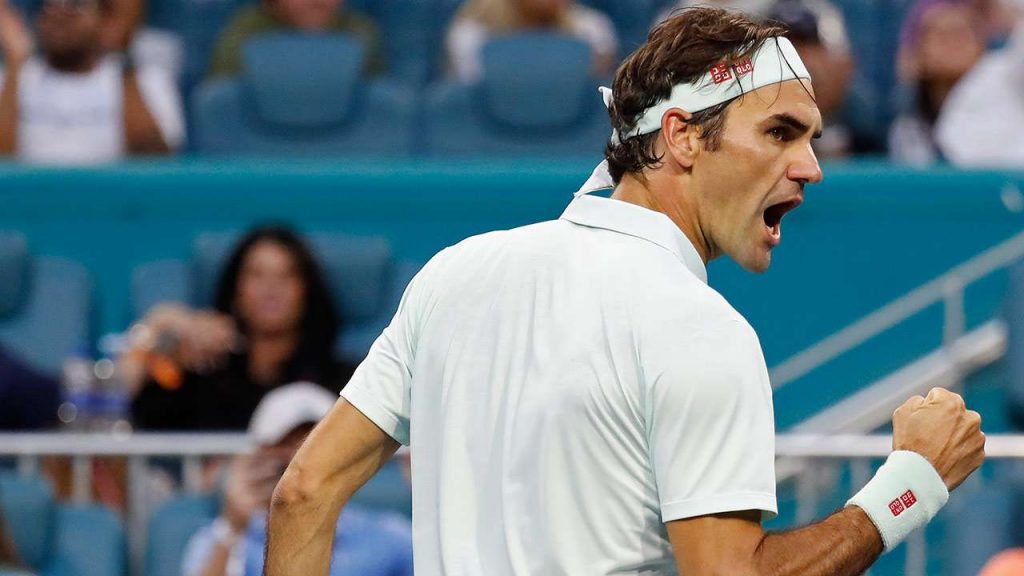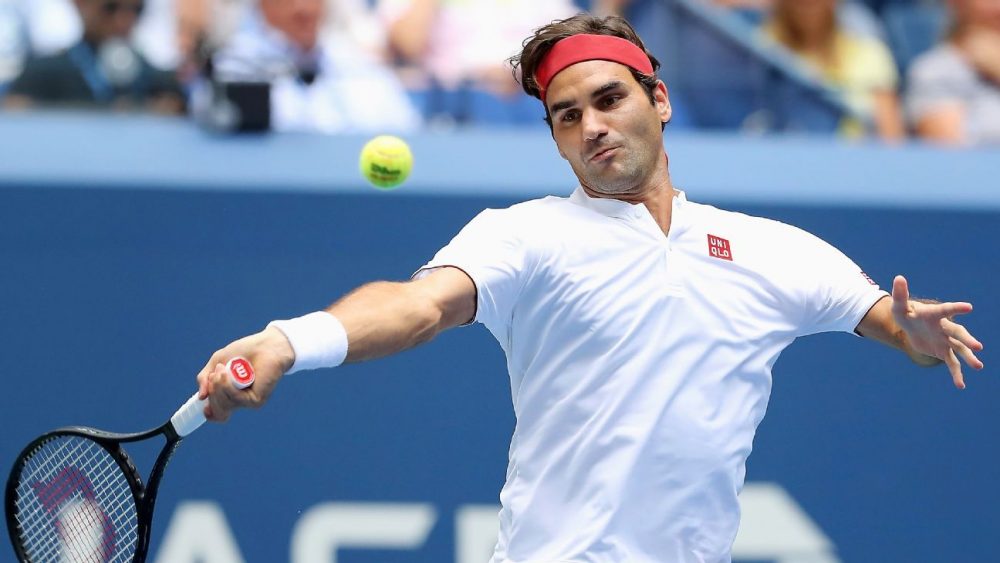
Throughout 2020, very little good news has been shared about Roger Federer. In June, he announced that he would be out of competitive tennis for the remainder of the year due to a setback in his post-surgery recovery. The 38-year-old star underwent arthroscopic knee surgery in February, but required an additional procedure when complications arose during his rehabilitation. Now, seven months after the initial procedure, Federer has finally resumed his training. His goal is to make his comeback in time for the 2021 Australian Open, which is scheduled to be held in January next year. While there are many factors that determine to what extent a player of Federer’s caliber recovers from injury, it is imperative to understand the role training plays in rehabilitation.
Tennis injuries require immense understanding
It is no secret that tennis is extremely demanding on the body. Most tennis injuries can be prevented, thanks to effective training programs and guidance from coaches and health professionals. It is, however, unlikely that a competitive player will enjoy a completely injury-free career. There are four types of injuries that typically affect players. Approximately 40% of injuries, including that of Federer, occur in the lower limbs, and 25% in the upper limbs. A further 20% of injuries occur in the back/trunk and abdomen, with the thigh, hip, head and eyes accounting for nearly 15% of all injuries. This is all of great importance, both during the design and in the implementation of injury prevention and treatment training plans.
Tools make rehabilitation easier
Prior to his latest injury, Federer used to train extensively both on and off the court. He made use of a range of basic exercise equipment, including jump ropes and medicine balls to enhance his workouts. In post-injury rehabilitation, a number of training tools are used to boost rehabilitation. These include foam rollers, resistance bands, wobble boards, and transcutaneous electrical nerve stimulation (TENS) machines. Using a tennis ball machine post-injury can also have numerous benefits. Not only will it help a player reduce their reaction time, but it will also improve footwork and stroke form.
He has a long road ahead of him
Despite many having predicted a retirement announcement by Federer after his injury setback, the current world #3 is not going anywhere just yet. As from mid-September, he will be partaking in two 45-minute training sessions a week in order to keep on track with his plans to return to the court next year. At the age of 39, Federer will aim to reproduce his magnificent comeback in 2017 after his 2016 season was cut short by injury. It turned out to be one of his best years yet, with him not only winning the Australian Open, but securing his record-breaking eighth Wimbledon title as well. While he is well on his way to recovery, only time will tell whether he has it in him to stage a second illustrious comeback in his career.
Injuries have plagued tennis players since the inception of the game as an official sport. Thankfully, medical innovations and training techniques are making post-injury rehabilitation more effective than ever before.















